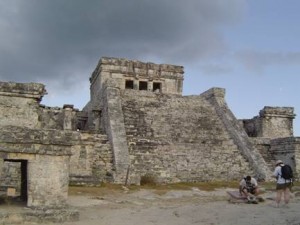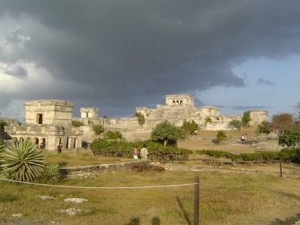Mayan
The Mayan civilization began around 2000 BC to 250 AD and thrived until the Spanish arrived in the 1500s. Their geographic spread spanned the entire area of the Yucatan peninsula, including Belize, Honduras, El Salvador, and Guatemala. The Maya are credited for their advanced use and development of architecture, mathematical calculations, astronomical interpretations, a functioning calendar, art, and they were the first to establish a fully developed written language in early MesoAmerica. Today, much of the region adheres to Roman Catholic beliefs, but the ancient Mayan religion centered on three basic foundations: the underworld, the earth, and the sky. Mayan people worshipped the underworld and often used caves and cenotes for their practices, rituals, and sacrifices. In addition, spiritual gatherings were also held at the many pyramids and temples constructed across the vast landscape. Many of these are still around today, and tourists come here to learn about ancient ways and culture.
Several theories exist as to what led to the end of the Mayan civilization as it once was. Disease, famine, invasion, economic collapse, etc. are a variety of possibilities. No one knows for sure, but some anthropologists suggest that the lack of soil in this terrain probably made it difficult to support an ever-growing population in an agrarian society.



